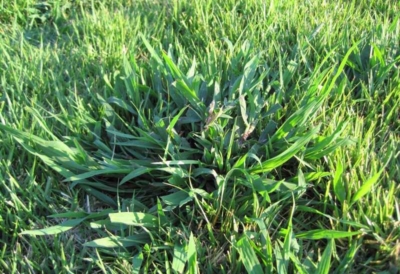Crabgrass in Your Lawn
Crabgrass -is a Major Lawn Problem
Crabgrass is a major lawn problem in North American and Europe. It can be one of the most common issues, especially in the summer as you’re more likely to mow your lawn short. It’s a weed 
The Digitaria Family
Crabgrass comes from the digitaria family of plants, which includes fonio and finger-grass. They were named after the Latin for “finger,” Digitus, due to the finger-like shape of the leaves produced. While crabgrass is known as a pest, fonio seeds can be beneficial. The seeds are commonly used to make flour and porridge and even beer!
Germination of Crabgrass
The germination of crabgrass takes place between mid-spring and midsummer, but the seeds actually fall in the autumn. It’s not until the surface temperatures of the soil reach to between 55F and 60F that germination takes place, so the exact timing differs around the world. If you see forsythia shrubs blooming around the area, the soil is the right temperature for crabgrass.
The warmer weather and good water supplies lead to more crabgrass growing throughout the year. This is why one of the recommendations is to keep your grass a little longer than normal. The grass is able to take up most of the morning dew and prevent the crabgrass gaining nutrients to grow. Frost kills the weeds, so you won’t see any as soon as winter comes around. The seeds will work their way into the ground to protect themselves.
The Problem of Crabgrass
It’s possible for crabgrass to drop more than 150,000 seeds per season. They can be transported around the garden through animals and the weather. This makes it easier for the pest to spread across your lawn and makes it harder to control.


Comments are closed.